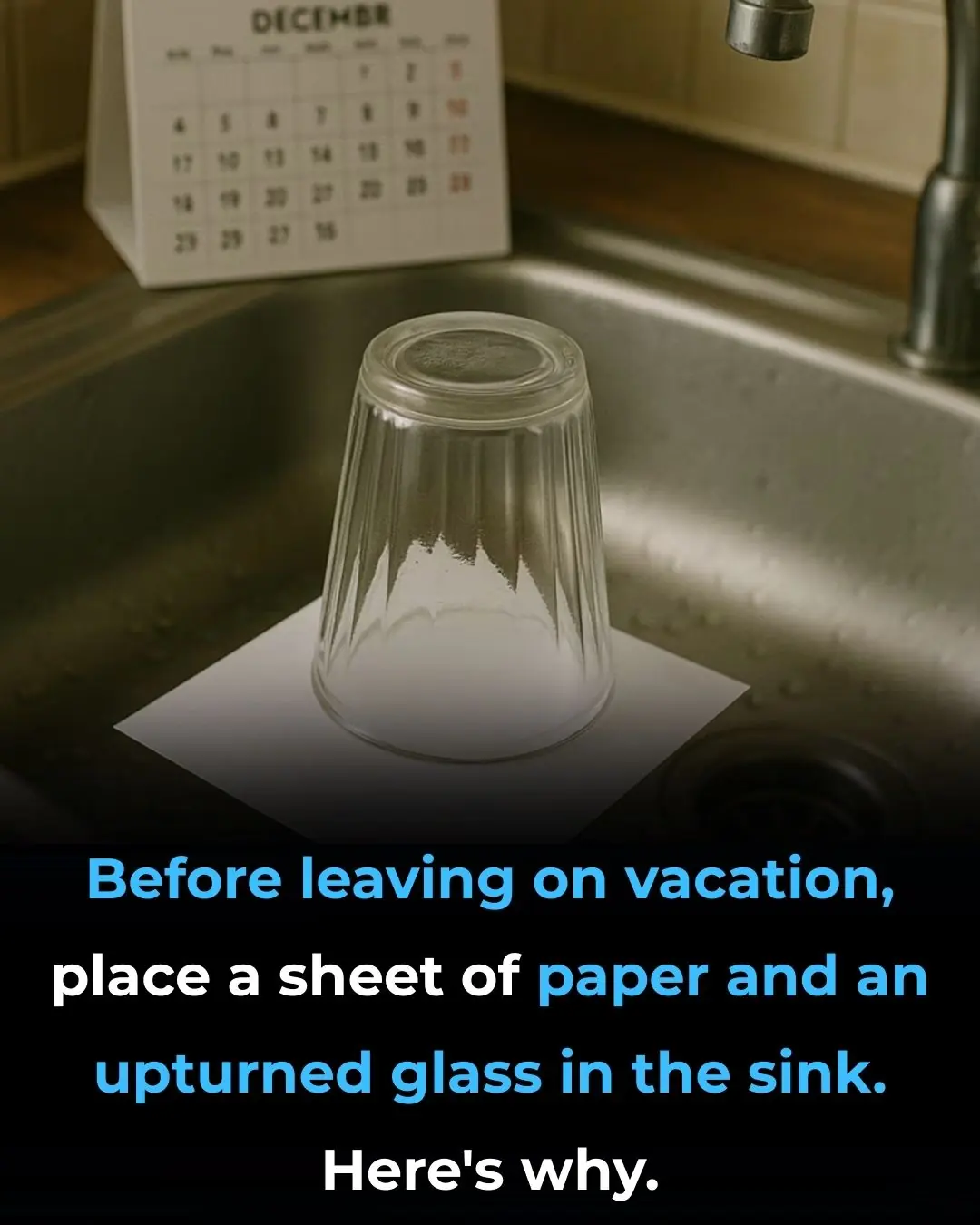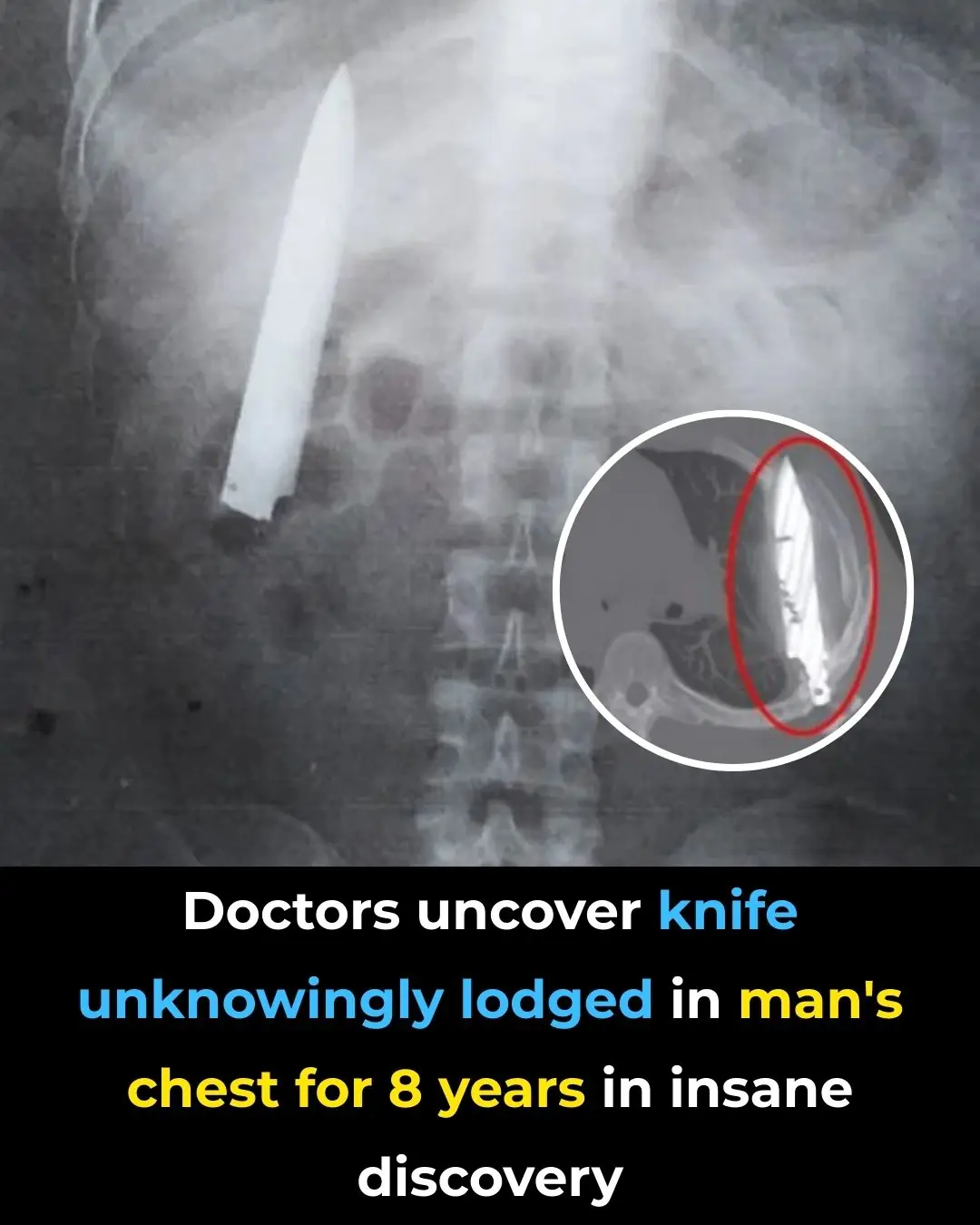More than a century after its tragic sinking, the world’s most famous shipwreck has revealed secrets that challenge everything we thought we knew about that fateful April night in 1912. Deep beneath the North Atlantic, where the RMS Titanic has rested in darkness for over 110 years, cutting-edge technology has captured something extraordinary.
Scientists have recently completed an unprecedented mission that has produced revelations so stunning that they’re rewriting maritime history. What they discovered goes far beyond previous assumptions about the disaster, offering objective evidence that replaces decades of speculation with complex, data-driven insights.
Some findings vindicate heroes whose reputations were tarnished by Hollywood. Others reveal the actual mechanics behind one of history’s most devastating maritime disasters. All emerge from a technological breakthrough that transforms our understanding of the past.
Breakthrough Technology Brings Legendary Wreck to Life
Magellan, a deep-sea mapping company, partnered with Atlantic Productions to complete the first full-size digital scan of the Titanic wreckage. Anthony Geffen, head of documentary maker Atlantic Productions, described the achievement in remarkable terms: “It’s an absolutely one-to-one digital copy, a ‘twin,’ of the Titanic in every detail.”
Revolutionary scanning technology created a “digital twin” that captures the famous shipwreck with unprecedented clarity and precision. Unlike previous efforts hampered by technical limitations, this breakthrough approach promises to transform our understanding of the disaster fundamentally.
National Geographic will showcase the findings in a documentary titled “Titanic: The Digital Resurrection,” premiering April 11, 2025. Viewers can stream the film on Hulu and Disney+ the following day, marking a historic moment in maritime archaeology.
Richard Parkinson, founder and CEO of Magellan, estimated that the resulting data represents approximately 10 times more than any underwater 3D model ever attempted before. Such scale demonstrates the project’s unprecedented ambition and technical achievement.
Six Weeks, Two Robots, One Historic Achievement
During summer 2022, a dedicated team spent six weeks in the frigid North Atlantic waters, 12,500 feet above the wreck site. Two remotely operated submersibles, appropriately named Romeo and Juliet, descended into the abyss to map every millimeter of the legendary vessel.
Operating at depths where sunlight never penetrates, the robots worked methodically across the wreckage and the surrounding debris field. Each deployment required precise navigation through dangerous underwater terrain where the slightest miscalculation could result in equipment loss.
Approximately 435 miles off the coast of Canada, the submersibles documented not only the main wreck but also the 3-mile debris field scattered with personal belongings. Shoes, watches, and other passenger possessions lie preserved in the ocean’s depths, creating a haunting timeline of human tragedy.
Ocean conditions at such depths present extreme challenges for any expedition. Crushing pressure, near-freezing temperatures, and complete darkness create an environment more hostile than outer space, making the mission’s success even more remarkable.
Staggering Data Collection Creates Digital Marvel

The expedition collected an astounding 715,000 high-resolution images during its six-week mission. Combined with 4K video footage, the team gathered 16 terabytes of data from the ocean floor, creating the most comprehensive digital record of any shipwreck in history.
Processing such massive amounts of information required seven months of intensive computer rendering. Teams worked around the clock to transform raw data into a photorealistic 3D model, which now allows researchers to examine every detail of the wreck.
Magellan’s breakthrough represents a quantum leap in underwater archaeology. Previous efforts had captured only small portions of wrecks at a single moment, leaving researchers to fill gaps with educated guesswork based on original ship blueprints.






































